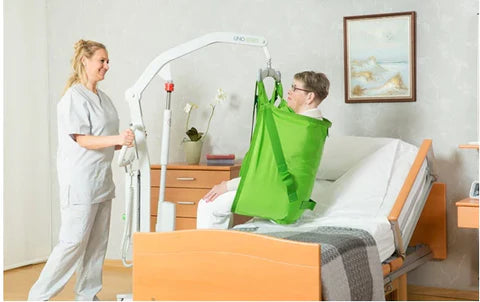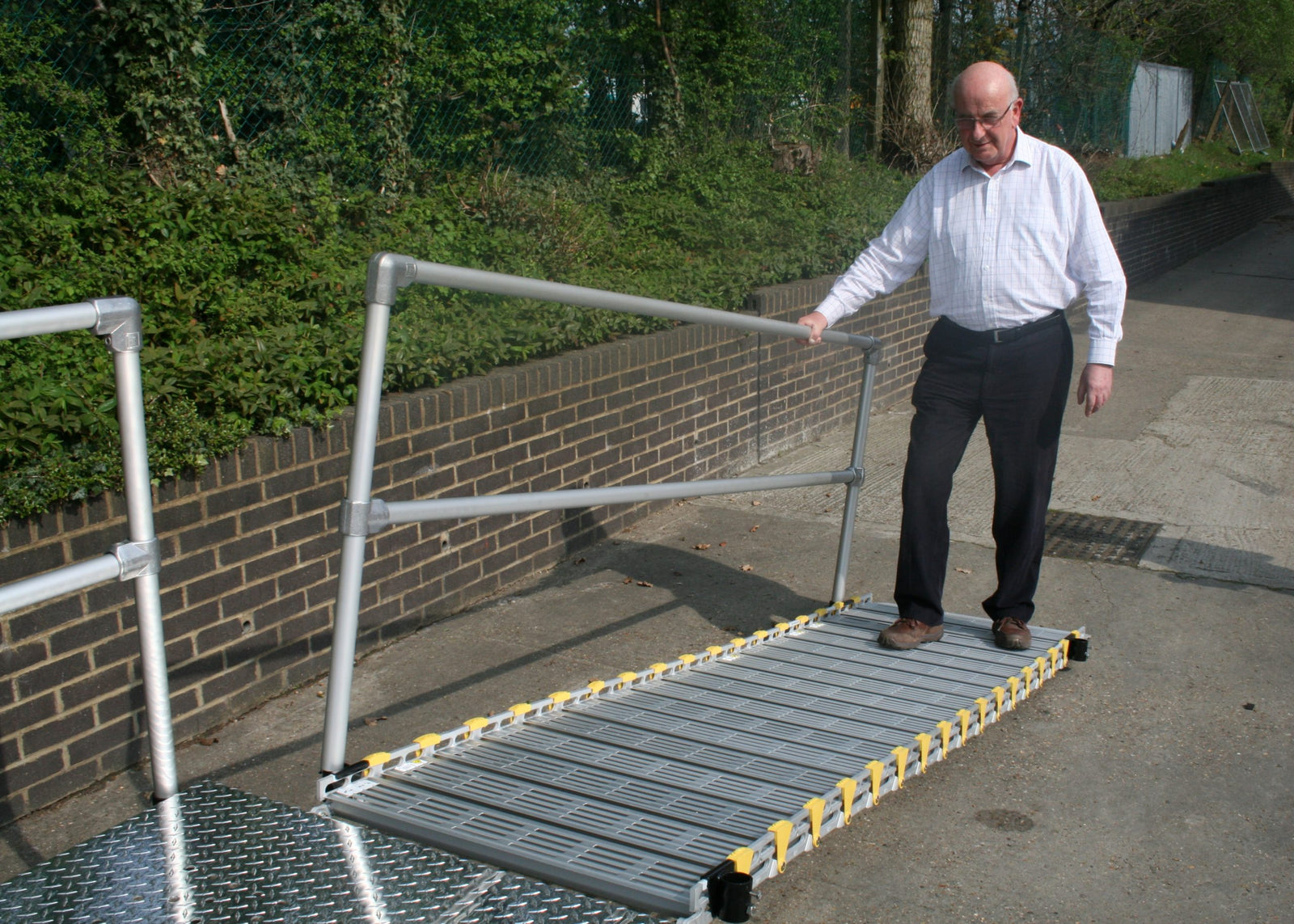Your Cart is Empty
Free shipping | Bulk Order Discounts | Best price guaranteed
Menu
-
- Home
- Shop By Category
- Moving + Handling
- Bathroom
-
Mobility Scooters
- Pavement Mobility Scooters
- Folding Mobility Scooters
- Lightweight Mobility Scooters
- 4mph Mobility Scooters
- 6-8mph Mobility Scooters
- Travel Mobility Scooters
- Lithium Mobility Scooters
- Car Boot Scooters
- Enclosed Mobility Scooters
- All Terrain Scooters
- 2 Person Scooters
- Mobility Scooter Storage
- Mobility Lifts and Hoists
- Mobility Scooter Canopies
- Seating
- Wheelchairs
- Rollators
- Beds + Mattresses
- Medical Equipment
- Powerchairs
- Health + Safety
- Help Centre
- Returns
- Price Guarantee
- Contact Us
-
- Speak With An Expert: 020 3576 3028
- Login

Free shipping | Bulk Order Discounts | Best price guaranteed
Add description, images, menus and links to your mega menu
A column with no settings can be used as a spacer
Link to your collections, sales and even external links
Add up to five columns
Add description, images, menus and links to your mega menu
A column with no settings can be used as a spacer
Link to your collections, sales and even external links
Add up to five columns

Are Portable Hoists Covered by LOLER? Essential Guide
November 19, 2024 5 min read
Is your workplace safe when using lifting equipment, especially portable hoists? Navigating safety regulations can be complex, especially when you're trying to ensure compliance with LOLER. Yes, portable hoists are covered by LOLER, which ensures that lifting equipment is safe and suitable for its intended tasks.

Understanding these regulations is crucial for anyone using or responsible for lifting equipment. The Lifting Operations and Lifting Equipment Regulations require that all lifting devices, including portable hoists, ensure safety during use. This means proper checks and maintenance are essential to meet legal standards and protect everyone involved.
Exploring the specifics of LOLER will give you confidence in managing lifting equipment. From understanding what equipment is covered to grasping the operational requirements, you'll find the guidance necessary for compliant and safe lifting practices. Stay informed and ensure that your equipment operations meet safety standards.
Key Takeaways
- Portable hoists are covered under LOLER.
- Compliance requires regular equipment checks and maintenance.
- Understanding regulations ensures safe lifting operations.
Compliance with LOLER

Understanding how the Lifting Operations and Lifting Equipment Regulations 1998 (LOLER) apply to your operations is crucial. This involves proper examination, identifying responsible individuals, and ensuring the safety of lifting accessories and machinery.
Scope of LOLER in Lifting Equipment and Operations
LOLER applies to any lifting equipment and operations used in a work setting. This includes both machinery like cranes and portable hoists and accessories such as chains, slings, and hooks. Specific requirements dictate that equipment should be fit for purpose, suitable for the task, and appropriately marked. It's important that all equipment used is examined regularly. Carefully note compliance with the Safe Working Load and have proper certification and markings.
The Importance of Thorough Examination and Inspection
Regular examinations and inspections are vital for ensuring the safe use of lifting equipment. Equipment must be inspected by a competent person. This examination will point out any potential defects or weaknesses. If defects are found, the issue must be reported immediately to the responsible person and relevant authorities. Maintaining detailed records of these inspections is necessary for compliance and future reference. Consider the need for both annual thorough examinations and more frequent checks depending on use.
Roles and Responsibilities of a Competent Person
A competent person holds the key to ensuring compliance with LOLER. They must possess the necessary skills, knowledge, and understanding of the equipment they are inspecting. Their role includes conducting risk assessments, performing thorough examinations, and certifying equipment for safe use. It is essential that this person is impartial and acts in the interest of safety. Employers must verify the qualifications and experience of any competent person assigned to inspections and other safety-related tasks.
Ensuring the Safety of Lifting Accessories and Machinery
Safety in lifting operations is not limited to the machinery itself. Accessories such as ropes, slings, and chains must also comply with LOLER regulations. Regular maintenance and certification of these items are necessary. It's crucial to ensure all accessories meet safety standards and are used correctly. The Declaration of Conformity must be readily accessible. Comprehensive record-keeping can prove compliance and help maintain high safety standards in case of audits or inspections. Keep the equipment free of defects by performing regular maintenance following guidelines such as those highlighted in the HSE's advice on safe lifting by machine.
Operation and Maintenance Best Practices

Understanding how to efficiently operate and maintain portable hoists is crucial for ensuring safety and compliance with the Lifting Operations and Lifting Equipment Regulations (LOLER). Key areas to focus on include planning operations, maintaining records, following guidelines, and conducting training.
Planning and Conducting Safe Lifting Operations
Planning is essential for safe lifting operations. Before using a portable hoist, you must conduct comprehensive risk assessments to identify potential hazards. Establish the Safe Working Load (SWL) of the lifting machinery and ensure it is never exceeded. It's important to use equipment that complies with the Health and Safety at Work Act.
Create a checklist to include checks on the condition of work equipment and ensure all safety-critical parts are intact. During operations, consistent communication among personnel is key. Implement clear supervision to prevent accidents and injuries. Assign experienced supervisors to oversee the lifting operation, ensuring all practices are carried out safely.
Regular Maintenance and Record-Keeping
Regular maintenance is vital to keep the hoist in safe working condition. Develop a schedule for periodic in-service examinations and inspections. Maintenance routines should cover lubrication of moving parts, checking for corrosion, and verifying the structural integrity of key components.
Document any defects found and repair them promptly. Keep comprehensive records of all maintenance activities, including dates and details of repairs. Such documentation not only ensures compliance but also aids in identifying recurrent issues. Record-keeping can help you make informed decisions about equipment replacement and improve operational safety over time.
Health and Safety Executive (HSE) Guidelines
The HSE provides valuable guidelines for the safe use of lifting equipment. Familiarise yourself with these guidelines to enhance operational safety. The Safe Use of Lifting Equipment code offers practical advice, supported by the Health and Safety at Work Act.
Ensure compliance with all legal requirements by regularly reviewing the guidelines provided. This includes performing thorough examinations and testing safety equipment periodically. Implementing these guidelines helps mitigate risks and enhances the overall safety of lifting operations.
Training and Supervision for Safe Lifting
Training is a crucial element in the safe operation of portable hoists. Provide comprehensive training sessions for all personnel involved in lifting operations, focusing on correct usage, potential risks, and emergency procedures.
Make sure operators understand how to check the Safe Working Load (SWL) and conduct risk assessments before commencing any task. Effective supervision is necessary to ensure procedures are followed correctly. Supervisors must be well-versed in both the equipment used and the safety protocols to provide appropriate guidance.
With the right training and supervision, you can significantly reduce the likelihood of accidents and injuries and maintain a safe working environment.
Recommendations for Portable Hoists
When choosing a portable hoist, consider the specific needs of the user and the environment in which you'll be using it. Each hoist model offers unique features and capacities.
1. Invacare Birdie Evo
The Invacare Birdie Evo Compact Mobile Hoist is space-efficient, making it ideal for homes and care settings. It supports up to 150 kg, ensuring safety with fall prevention measures. Learn more about its features at Invacare Birdie Evo.

2. Wellell Multy Active Hybrid
The Wellell Multy Active Hybrid Stand Aid + Hoist provides a 2-in-1 solution that combines a stand aid with a hoist. This hybrid design is convenient for users needing both lifting and standing support. More details on the Wellell Multy Hybrid Hoist.
3. Harvest Healthcare Olympic 180
The Harvest Healthcare Olympic 180 Hoist is suited for high-capacity lifting tasks, with Linak technology enhancing performance. It is designed to handle heavy-duty transfers efficiently. Further information is available on the Harvest Healthcare Olympic 180 Hoist.

Understanding the specifications and capabilities of each hoist will help you make an informed decision tailored to your requirements.
Frequently Asked Questions

LOLER regulations play a crucial role in maintaining safety in workplaces where lifting equipment, like portable hoists, is used. Understanding inspection schedules and training requirements ensures safe and proper use.
How do the LOLER regulations apply to maintenance of lifting equipment in healthcare settings?
In healthcare, LOLER ensures that lifting equipment like hoists is safe for patient use. Regular assessments guarantee equipment is fit for purpose. Hospitals must maintain records of these checks. This helps in tracking the condition and addressing any faults before they become a hazard.
How often should portable hoists be inspected under LOLER?
LOLER mandates that portable hoists be thoroughly examined at least every six months. This is crucial for detecting wear or damage that may impact safe operation. Routine inspections, beyond LOLER requirements, can help maintain equipment reliability and safety.
Are there specific training requirements for using portable hoists?
Yes, users of portable hoists must be properly trained. Training should cover equipment operation, safety procedures, and emergency protocols. This ensures that staff can use the hoists safely and efficiently, minimising risks to both the user and the patient.
Also in Blog

What Does Moving and Handling Training Involve? Key Components
January 06, 2025 4 min read
Read MoreSubscribe
Sign up to get the latest on sales, new releases and more …

